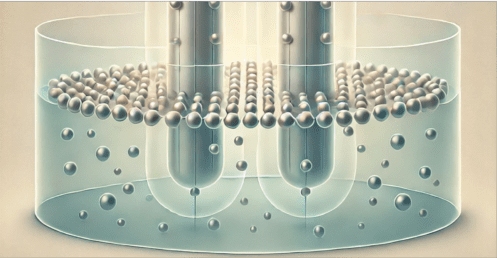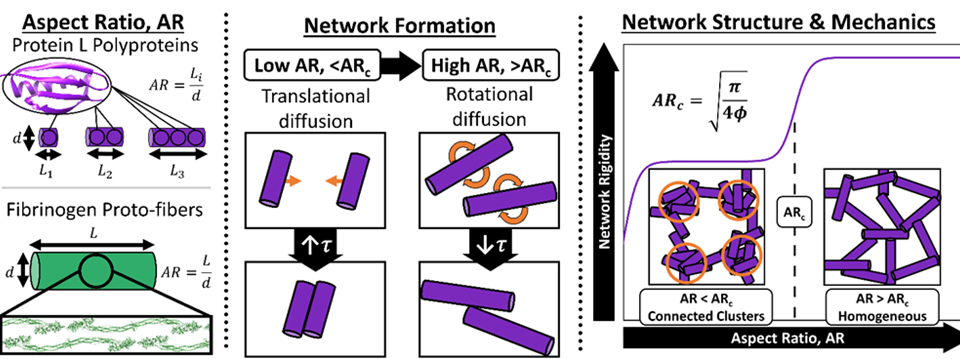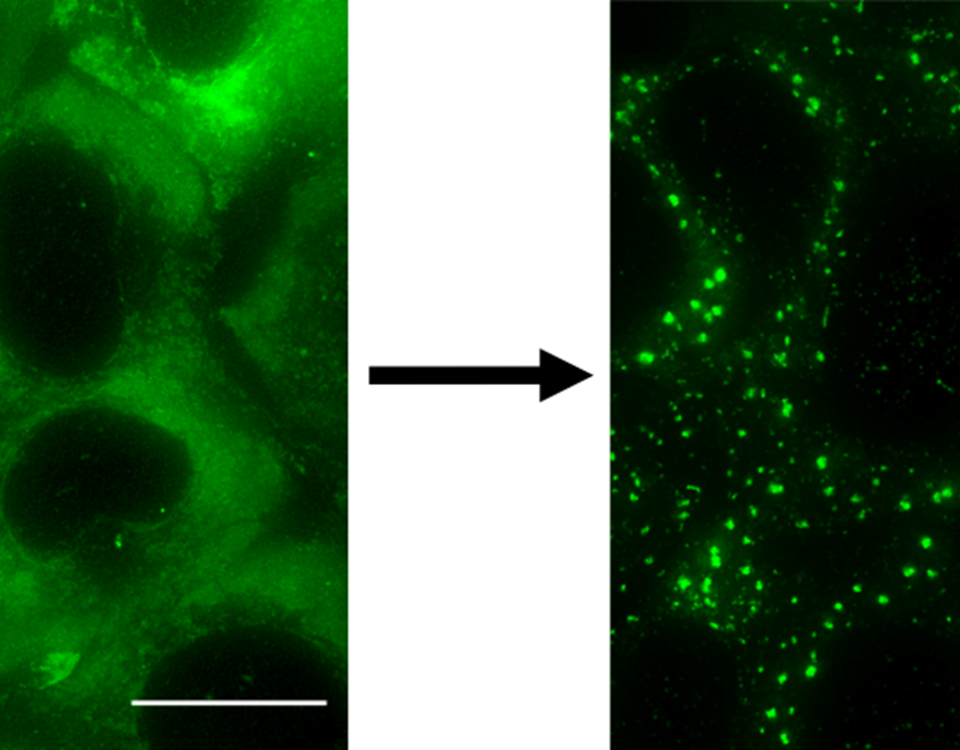25th November 2025
A long-standing scientific belief has been overturned: researchers from a SoftComp collaboration including Ca’ Foscari Univ. of Venice, Italy, and Univ. of Bordeaux, France, have observed a Wigner crystal forming in rod-like colloidal... (Read more)




